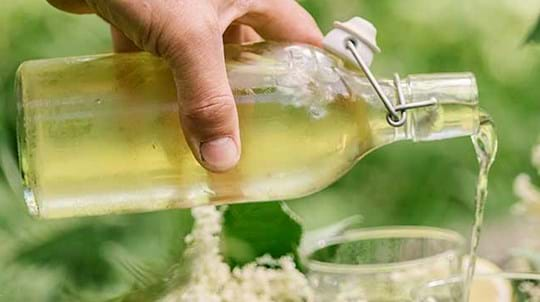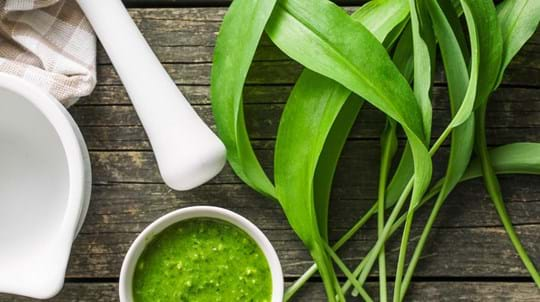Give back to nature
Experiment with your foraged finds in style. Every purchase from our kitchen and dining range helps fund our vital work to plant and protect trees and woods across the UK.
Shop now
Content manager, botanist and tree lover
It's a herb we sprinkle liberally on pizza and pasta. And so we'd be forgiven for thinking oregano, also known as wild marjoram, only grows around the Mediterranean region. But did you know it's actually native to the UK?
What’s known as wild marjoram in Britain is the species Origanum vulgare. It’s frequently known as oregano in Europe. It's one of our staple herbs, but if you’re a gardener you’ll probably be familiar with it, too. On warm summer days its nectar-giving flowers attract a horde of insects, from bumblebees to butterflies.
Leaves: it has aromatic leaves that are spade-shaped and wider at the base than the tip. They’re 10-40mm long and 5-25mm wide, arranged opposite to each other on stems. The edges of the leaves are smooth or very shallowly toothed and are covered in fine hairs.
Flowers: its tiny white to purplish-pink flowers are clustered on flowering stems, called inflorescences, from summer to early autumn. Each little flower has four stamens (male parts), though they’ll probably be too small to see without a hand lens.
Fruits: each fruit is made up of four single-seeded units, known as nutlets.
There are other species of Origanum that are used for culinary purposes. And although they’re not native to the UK, they are often grown here too. Sweet marjoram (Origanum majorana) is native to the Mediterranean region. To add to the mix, pot marjoram (Origanum onites) is also widely grown in the UK. It originates from Sicily, Greece and Turkey.
Wild marjoram and sweet marjoram hybridise easily, and there are many horticultural cultivars between them. They are all edible, though the intensity of flavour can vary.
It grows throughout the UK on dry, infertile, alkaline soils. Look for it on chalk or limestone grassland, hedge banks, woodland rides and scrub.
Wild marjoram is important in Greek and Italian cookery. It’s mainly used dried, which brings out a stronger flavour. It’s probably best known as a pizza herb but can be used dried or fresh in tomato and lamb dishes, salads, grilled meats, stews and soups. Add it to savoury stuffing, meatballs or roasted vegetables.
You can use wild marjoram in drinks, too. Freeze the flowers and leaves into ice cube trays with water to make a cool drink even more refreshing (and really pretty), or use the leaves to make wild marjoram tea.
Its oil is used in the food industry as a flavouring.
The dried marjoram leaves and flower tops are sometimes used in potpourri. Its oil is used in aromatherapy, perfumes, skincare and beauty products.
Oregano has been traditionally used to treat colds, indigestion and stomach upsets.
Wild marjoram is a lovely, low-growing plant perfect for cottage garden borders, rock gardens and scree beds. It’s also fantastic for wildlife gardening: marjoram flowers are absolutely loved by bees and other pollinating insects.
To grow wild marjoram you can either grow from seed, propagate from softwood cuttings or through dividing existing plants in autumn or spring.
To grow from seed, you can buy them from growers who specialise in British wild plants. Germination can apparently be erratic, and at varying times. Once they’ve germinated, prick out and when root systems are established, you can plant the seedlings out into their final positions in borders or pots.
It grows well in well-drained, preferably alkaline soil, in full sun or partial shade. Its spread is around 20-90 cm in height and width. In early spring, before the plant starts to grow again, cut back the old flowering stems.
Experiment with your foraged finds in style. Every purchase from our kitchen and dining range helps fund our vital work to plant and protect trees and woods across the UK.
Shop now
Visiting woods
See what's in season with our guide to sustainable foraging with top tips on how to pick, cook and eat wild plants.

Visiting woods
Our favourite foraging recipes using wild harvested plants from the British countryside.

Visiting woods
Gather wild food without harming woods or wildlife. Follow our guidelines.